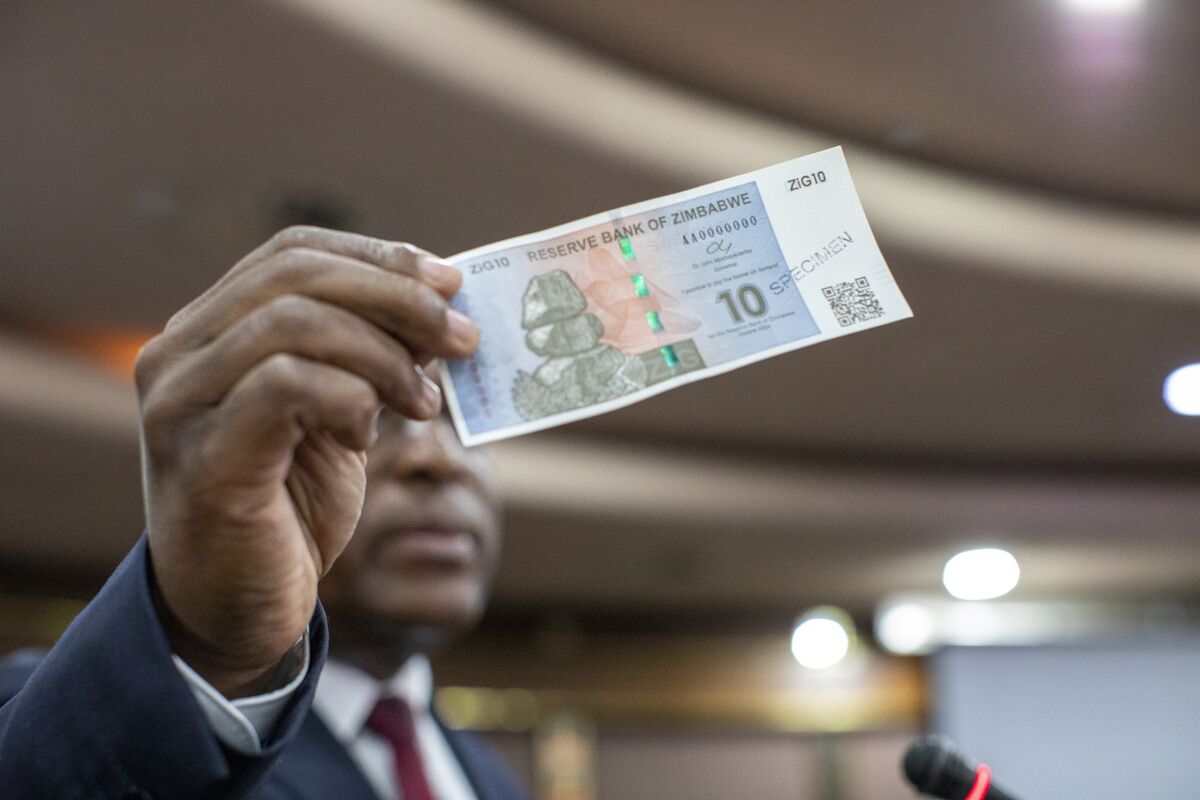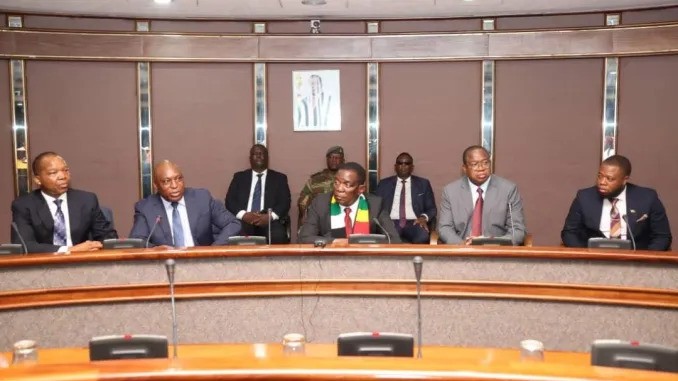ZIMBABWE will find it difficult to do away with a multi-currency system, dominated by the US dollar, due to huge recovery strides it must make to support its own currency, Reserve Bank Governor Dr John Mangudya has said.
He was speaking during a media briefing on Friday where he unveiled new bond coins meant to ensure availability of change by enhancing divisibility of the US dollar.
Dr Mangudya said many countries that dollarised have found it extremely difficult to do away with the US dollar; hence Zimbabwe will stick to the multi-currency regime for a considerable period.
“It is very simple to dollarise, but it is very difficult to get out of it. There are economic fundamentals that must be achieved first before you can be able to do it,” Dr Mangudya said.
Zimbabwe is battling to halt industrial haemorrhage due to old equipment and lack of capital to retool and recapitalise, which has compromised efficiency.
This has, in turn, affected competitiveness and efforts to raise output, which the Confederation of Zimbabwe Industries puts at 33,3 percent, leading to an influx of imports.
The country still faces other serious problems in key fundamentals such as balance of trade, current account, export receipts and level of imports to be able to sustain its own currency.
Dr Mangudya said Zimbabwe over-dollarised, pointing out that 80 percent of transactions in the country were now conducted in the greenback and the balance in a handful of other currencies.
The central bank chief said because most countries dollarised to between 75 percent and 90 percent, Zimbabwe will find it difficult to dump the US dollar after almost full dollarisation.
Dr Mangudya said Zimbabwe must first develop a vibrant productive capacity before it can consider re-introducing domestic currency scrapped at the height of hyperinflation in 2008.
The central bank chief dismissed assertions that the introduction of bond coins was teaser to gauge market sentiment on the possibility of returning the local unit into circulation.
“What would be the fundamental reasons for (immediate) re-introduction of the local currency? That will be economic suicide if we did that, this (multi-currency) is going to be around for a long time,” he said.
Several countries across the world use the US dollar alongside other currencies and these include Bahamas, Barbados, Bermuda, Uruguay, Iraq, Cambodia, Costa Rica and Haiti.
In most long-standing currency substitution cases, historical and political reasons have been largely influential than an evaluation of the economic effects of currency substitution.
Panama adopted the US dollar after independence due to a constitutional ruling. Ecuador and El Salvador fully dollarised in 2000 and 2001 respectively with different influential factors.
Ecuador underwent the process of currency substitution to deal with a widespread political and financial crisis resulting from massive loss of credibility in its political and monetary institutions.
By contrast, El Salvador’s official currency substitution was a result of internal debates and in a context of stable macroeconomic fundamentals and long-standing unofficial currency substitution.






